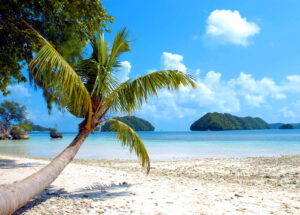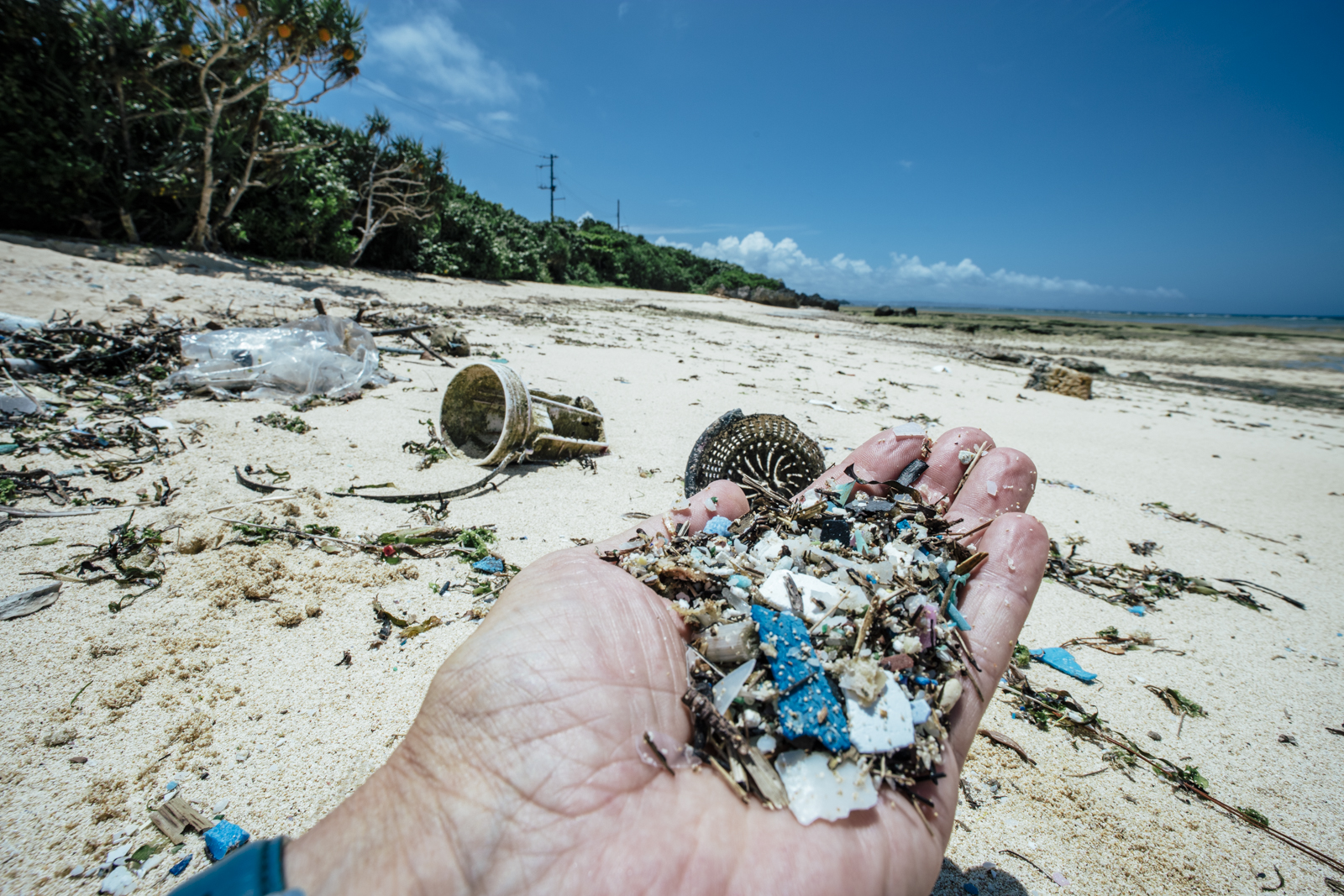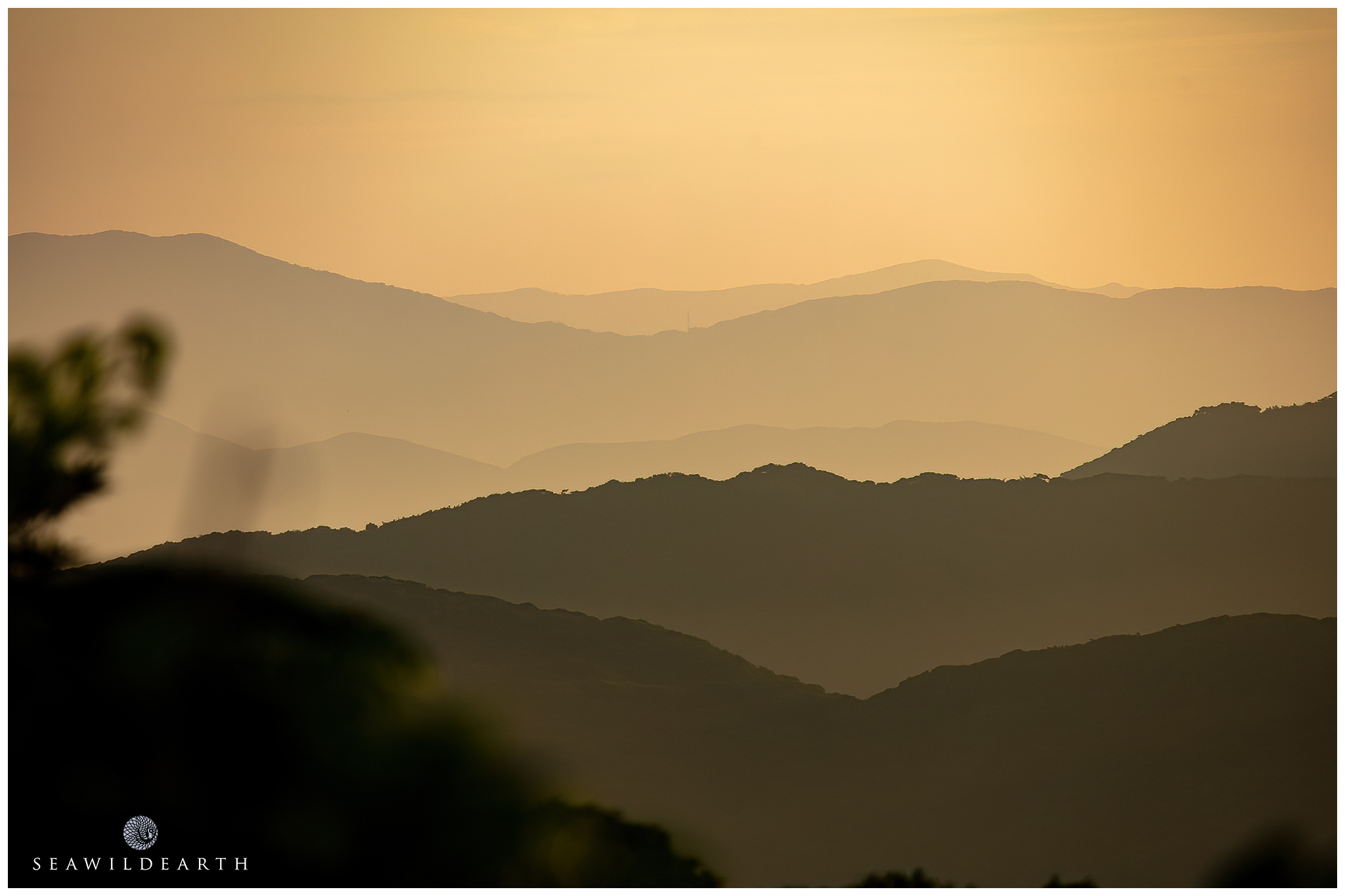Photography and Conservation
Capturing the Essence of Fragile Ecosystems: The Imperative of Photographic Documentation
In a world where environmental degradation and habitat loss are threatening the very existence of countless species and ecosystems, the significance of photographic documentation of natural flora and fauna in fragile ecosystems cannot be overstated. The power of a photograph lies not just in its ability to capture a moment in time but in its potential to inspire action and awareness. This blog post aims to emphasize the importance of documenting these delicate ecosystems through the lens of a camera, showcasing how these accumulated images can serve as a catalyst for increased conservation efforts. From deep within the green, beating heart of a rainforests to the pulsating awe of coral reefs, photographic documentation offers a visual narrative that connects people to these precious environments, making them more relatable and worth protecting. “We tend only to protect that which we love, we tend to love only that which we understand”.

Republic of Palau
The Role of Photography in Conservation
Photography, in both still and motion formats, has always played a pivotal role in conservation efforts. Through the lens of a camera, we have witnessed breathtaking images of endangered species, stunning landscapes, and awe-inspiring moments in the natural world. These images resonate with people on a deep emotional level, forging a connection between the viewer and the subject matter. This emotional connection is a powerful tool in advocating for conservation.
When it comes to documenting fragile ecosystems, photography become invaluable. These ecosystems, whether they are dense rainforests, pristine wetlands, or intricate coral reefs, often exist in remote or inaccessible locations. Photography serves as a bridge, allowing individuals who may never have the chance to visit these places in person to experience their beauty and understand their importance. It brings these ecosystems into the living rooms of people around the world, fostering a sense of responsibility and a desire to protect them. Photography, in and of itself, is the most powerful tool in the promotion of all manner ecosystems, their beauty, their fragility and the challenges they face.

Those who contribute the least to environmental degradation, specifically small island nations, tend to be the ones who suffer the most.
Visual Evidence of Change
One of the most compelling aspects of photographic documentation is its ability to serve as a historical record of change. Fragile ecosystems are under constant threat from human activities, such as deforestation, pollution, and climate change. By regularly photographing these environments, we create a visual timeline that vividly illustrates the alterations occurring over time.
When we compare photographs taken over the years, the changes become strikingly apparent. Trees that once stood tall may have been felled, once-teeming coral reefs may have turned ghostly white, and habitats that were once lush and thriving may have dwindled. These visual cues provide irrefutable evidence of the consequences of our actions and serve as a powerful call to action. They enable scientists, conservationists, and policymakers to track the decline of ecosystems and make informed decisions regarding their protection and restoration.
While the above may sound quite sobering this same process stands true in reverse. A once barren or spoiled land, with correct management, can be showcased to show the importance of ‘re-wilding’ with the reintroduction of endemic flora and fauna that may have been removed from any one specific location due to human exploitation. To document this along with a correct management plan that addresses the need for the eradication of invasive, non-endemic, elements that may be detrimental to the localized environment can only be reinforced for everyone to understand with visual stimulus. Photography and videography, once again, tick that box.
Raising Awareness and Advocacy
Photographic documentation not only captures the essence of fragile ecosystems but also serves as a powerful tool for raising awareness and advocacy. When breathtaking images of these ecosystems are shared through various media channels, they have the potential to reach a vast audience. Through the beauty and wonder conveyed in these photographs, people are inspired to learn more about the ecosystems and the threats they face.
Furthermore, images of these fragile ecosystems in all their glory can evoke a sense of urgency. They compel individuals, organizations, and governments to take action to preserve these invaluable natural treasures. The emotional impact of these visuals can spur donations to conservation causes, influence public opinion, and drive policy changes that prioritize environmental protection.
Incorporating Local Communities
Photographic documentation not only focuses on the natural world but also includes the people who inhabit these fragile ecosystems. Indigenous communities often have a deep understanding of and connection to their local environment, and their traditional knowledge is invaluable for conservation efforts. Photography can be used to document not only the flora and fauna but also the lives, cultures, and traditions of these communities.
By involving local communities in the process of photographic documentation, we create a sense of ownership and pride in their natural surroundings. This, in turn, can lead to stronger conservation partnerships, as local residents become stewards of their ecosystems, working alongside conservation organizations to protect and preserve their unique environments.

A key element to success is the involvement of indigenous populations who tend to have a deep understanding of the local ecosystems. They also tend to be some of the most impoverished communities in numerous situations. These are the fishermen of tomorrow on the island of Lombok, Indonesia. Nurturing them to understand the positive options of environmental stewardship is paramount for their fragile existence that depends largely on a healthy marine environment.
The Role of Technology
Advancements in technology have revolutionized photographic documentation in fragile ecosystems. High-resolution cameras, drones, underwater cameras, and satellite imagery have expanded the possibilities for capturing the beauty and intricacies of these environments. These tools allow us to document ecosystems from various angles and perspectives, offering a more comprehensive view of their complexity and vulnerability.
In addition, technology has made it easier to share these images with a global audience. Social media platforms, websites, and virtual reality experiences enable people from around the world to explore fragile ecosystems in unprecedented ways. This increased accessibility enhances the potential for photography to serve as a catalyst for conservation action.
Isolated Ecosystems
Creating a photographic database for isolated ecosystems can offer numerous benefits, helping to advance our understanding and conservation efforts. Here are ten reasons why such a database is beneficial:
- Scientific Research: A photographic database provides a comprehensive visual record of the ecosystem's flora and fauna, serving as a valuable resource for scientific research, biodiversity studies, and ecological monitoring.
- Documentation of Rare Species: It allows for the documentation of rare and endangered species, helping researchers and conservationists track their populations and distribution over time.
- Baseline Data: The database establishes a baseline of the ecosystem's condition, which is crucial for assessing the impact of environmental changes, habitat loss, or invasive species introduction.
- Educational Tool: It serves as an educational tool for students, researchers, and the public, helping to raise awareness about the importance of these isolated ecosystems and the need for their protection.
- Comparative Analysis: Researchers can use the database to compare ecosystems and their species composition, aiding in the identification of unique and distinct features.
- Conservation Planning: Conservationists can use the database to identify key areas within the ecosystem that require protection and prioritize conservation efforts.
- Climate Change Monitoring: It can be instrumental in monitoring the effects of climate change on isolated ecosystems, including shifts in species distribution and phenology.
- Ecosystem Resilience: By tracking changes over time, the database can help assess the resilience of isolated ecosystems and identify strategies for their long-term conservation.
- Public Engagement: Sharing the database with the public through exhibits, websites, and educational programs can engage and inspire individuals to support conservation initiatives and advocacy.
- Legal Protection: In some cases, photographic documentation can serve as legal evidence to support the designation of protected areas and the enforcement of environmental laws.
Conclusion
Photographic documentation of fragile ecosystems is not merely an artistic endeavor; it is a powerful means of conservation advocacy and education. Through the lens of a camera, we can capture the essence of these environments, bearing witness to their beauty, their fragility, and their importance to our planet's health. These images serve as a visual narrative that connects people to these precious ecosystems, making them more relatable and worth protecting.
As we continue to face environmental challenges, from deforestation to climate change, the need for photographic documentation of fragile ecosystems becomes increasingly critical. These images are not just snapshots in time; they are a call to action, a reminder of our shared responsibility to protect the natural world. They serve as a bridge between the scientific community, local communities, and the general public, fostering understanding, empathy, and a collective commitment to conservation.
In the face of growing environmental threats, let us recognize the profound impact of photography in highlighting the beauty and vulnerability of fragile ecosystems. Let us use these images as catalysts for increased conservation efforts, ensuring that future generations can continue to marvel at the wonders of our planet's most delicate and diverse environments.

The rolling hills of the 'Yambaru' jungles of Northern Okinawa. Once targeted for timber extraction now ordained as a National Park. An incredibly diverse, yet fragile, ecosystem that is home to a plethora of endemic wildlife species.
"We ourselves feel that what we are doing is just a drop in the ocean. But the ocean would be less because of that missing drop".
Mother Teresa
About the Author
Internationally recognized as a provider of quality mixed media Mark Thorpe is always on the search for captivating content.

Photographer / Cameraman
Mark Thorpe
Emmy Award Winning wildlife cameraman and Internationally published landscape photographer Mark Thorpe has been an adventurer since he could walk! Spending 17yrs as an Underwater Cameraman at the start of his imaging career the highlight of which was being contracted to work with National Geographic. In that role as a field producer and cameraman he's been privy to a mixed bag of hair raising adventures. For some reason he was always selected for projects relating to large toothed marine predators such as Great White and Tiger Sharks, Sperm Whales and Fur Seals. Additionally he has also been active within Southern Africa on terrestrial projects dealing with a wide array of iconic wildlife.
Currently based in Okinawa, Japan he's always on the lookout for his next big adventure. He shares his exploits online with a totally organic social audience in excess of 200,000. Sponsored by a number of photographic industry manufacturers he is constantly scouring the islands for captivating landscape, coastal and Ocean compositions. Videography wise he continues to create short photographic tutorial videos as well as creating content about the diversity of wildlife within Okinawa and the Ryukyu Islands of Southern Japan.
